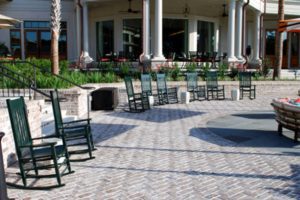The Unmatched Safety and Durability of Brick Cladding
No cladding can endure heat like brick! There have been numerous instances where homes with fiber cement and vinyl siding have quickly gone up in flames, endangering firefighters. On average, brick provides 1.5 hours of fire protection, compared to less than 30 minutes for vinyl and fiber cement. This extra time is crucial for saving lives and property.
Brick is inherently non-combustible, free from volatile compounds, and resistant to fire, melting, or combustion. Even without fire, vinyl siding can melt, bubble, or curl from sun exposure, demonstrating its vulnerability.
Superior Storm Protection
Brick offers superior protection against severe storms. “The Three Little Pigs” had it right: brick buildings withstand the elements far better than other materials. Studies from the Wind Science and Engineering Research Center at Texas Tech University show that brick homes provide significantly more protection from wind-blown debris than those with vinyl or fiber-cement siding. Brick exceeds Florida’s impact resistance requirements for high-velocity hurricane zones and essential facilities in hurricane-prone areas.
Durability Against Hail and Wind
Brick homes surpass the 34 mph impact resistance requirement, offering unmatched durability against hail and wind-blown debris. Other materials simply cannot compete.
Moisture Protection
Brick veneer wall assemblies control moisture better than other exterior materials, minimizing mold growth, wood rot, insect infestation, and corrosion. This makes brick a superior choice for areas prone to hurricanes and flooding.
For a visual demonstration of brick’s resilience, check out the Brick Industry Association’s videos showcasing the strength of brick walls against flying debris during storms.

